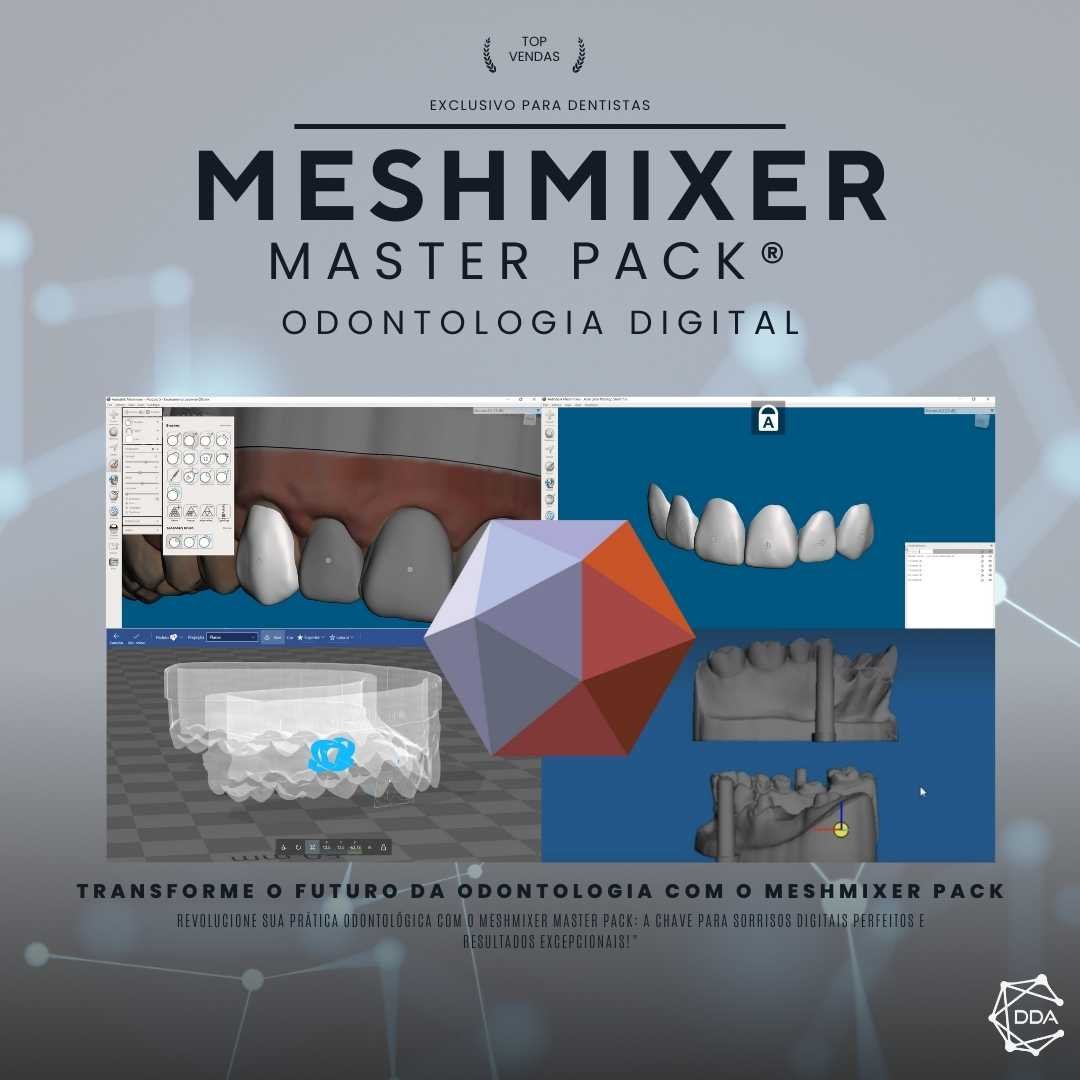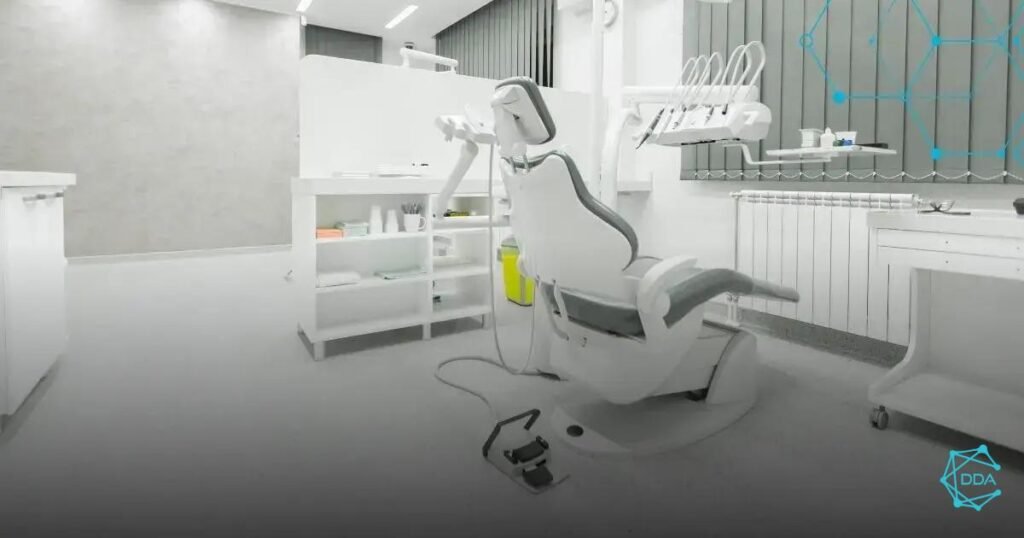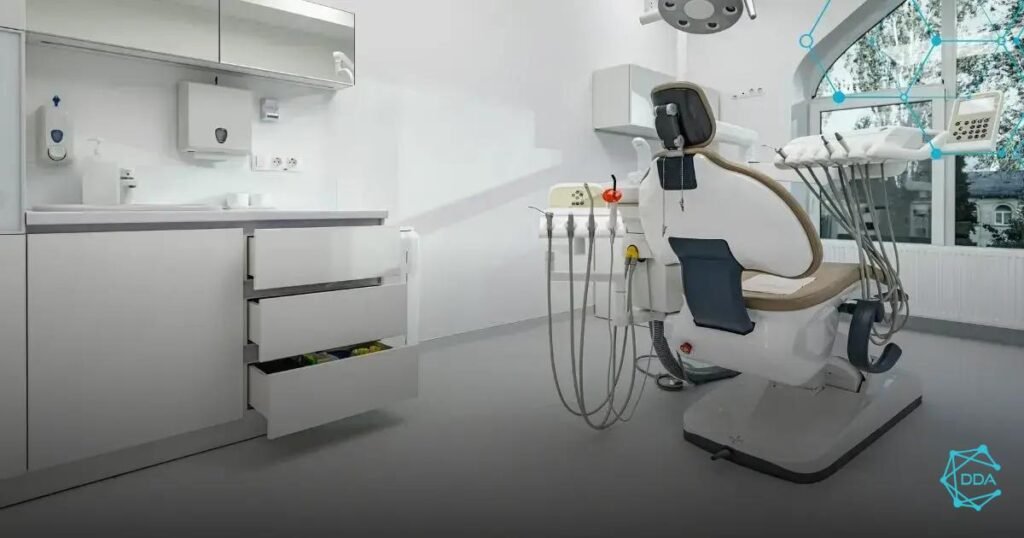Intraoral scanning is a revolutionary technique in dentistry that has transformed the way oral health professionals perform examinations and treatments. This advanced technology allows for the acquisition of detailed images of the oral cavity, offering unprecedented accuracy and quality. Using intraoral scanning devices, dentists can capture high-definition 3D images of the teeth, gums and oral structures, providing a more comfortable and efficient experience for patients.
Additionally, intraoral scanning eliminates the need for traditional impressions, significantly reducing the time and discomfort associated with this procedure. In this article, we will explore in depth the benefits of intraoral scanning, the reasons to choose MEDIT technology for scanning, success stories in digital dentistry, step-by-step implementation and best practices to make the most of this innovation in dental practice.
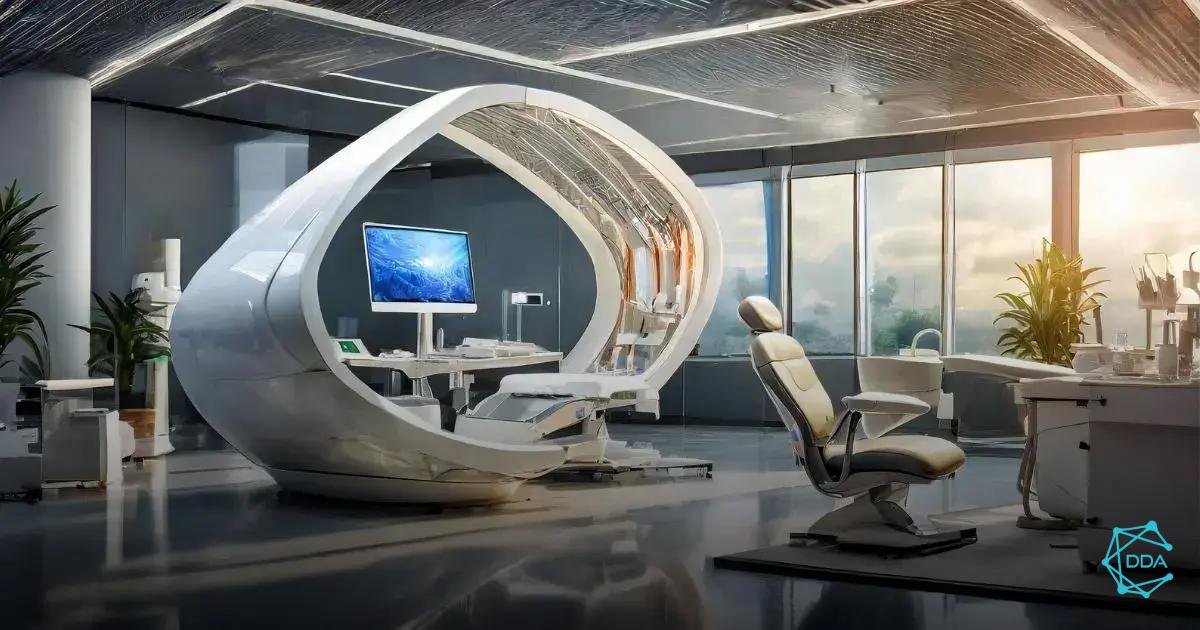

Benefits of Intraoral Scanning
Intraoral scanning offers a number of significant benefits to dental professionals and their patients. Using advanced technology, the intraoral scanning process provides advantages ranging from diagnostic accuracy to patient experience.
Accuracy and Early Detection
Intraoral scanning offers exceptional accuracy in capturing detailed images of the oral cavity, allowing for early detection of dental problems. This enables more effective and minimally invasive interventions, resulting in more successful treatments.
Patient Comfort
Compared to traditional impression techniques, intraoral scanning offers a more comfortable process for patients, eliminating the need for uncomfortable and invasive impressions. This contributes to a more pleasant experience in the dental office.
Agility and Efficiency
Intraoral scanning is a fast and efficient process, reducing the time needed to capture images and perform procedures. This benefits both professionals by optimizing workflow and patients by minimizing waiting times and the number of visits required.
Digital Integration
Through intraoral scanning, digital images can be easily integrated into CAD/CAM systems and other digital technologies, enabling precise planning and fabrication of customized restorations with high aesthetic and functional quality.
In summary, intraoral scanning offers a range of benefits that positively impact both dental professionals and patients, promoting a more accurate, comfortable and efficient approach to dental care.
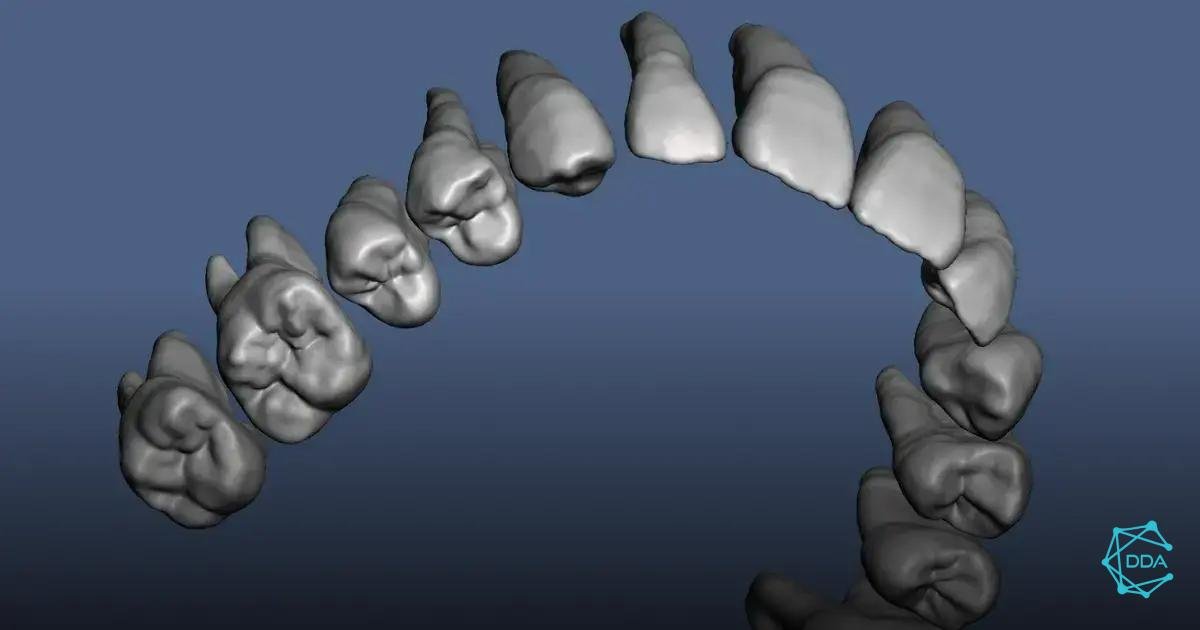

Why Choose Medit for Scanning
Medit is a leading company in the intraoral scanning market, offering cutting-edge technology and innovative solutions for dental professionals. By choosing Medit for scanning, professionals can enjoy a series of exclusive benefits and advantages that make all the difference in their daily lives.
Advanced technology
Medit invests in research and development to offer state-of-the-art intraoral scanning technology. Its scanners are accurate, fast and offer a comfortable experience for both patient and practitioner.
Support and Training
In addition to providing high-quality equipment, Medit offers specialized technical support and training for professionals who choose its products. This ensures that users can take full advantage of all the scanners’ features and achieve the best results in their procedures.
Digital Workflow Integration
Medit scanners are designed to integrate seamlessly into digital workflows, facilitating communication with dental laboratories, CAD/CAM systems and other technologies used in modern dentistry.
By choosing Medit for scanning, professionals are investing in quality, accuracy and efficiency, which translates into better outcomes for their patients and their business.


Success Stories in Digital Dentistry
Digital dentistry has revolutionized the way dental procedures are performed, providing countless success stories that demonstrate the effectiveness and benefits of this innovative approach.
Advances in Oral Rehabilitation
Using intraoral scanning and computer-aided design (CAD) technologies, dental professionals have achieved exceptional results in oral rehabilitation. Complex restorations, dental implants and custom dentures have been successfully performed, providing patients with natural, functional smiles.
More Precise and Efficient Treatments
The use of intraoral scanning and 3D printing has enabled the creation of precise surgical guides for implants, resulting in more efficient and less invasive procedures. In addition, the ability to digitally visualize the final outcome of the treatment has provided greater predictability and success in dental procedures.
Enhanced Patient Experience
Success stories in digital dentistry are also reflected in the patient experience. The reduction in treatment time, the elimination of uncomfortable impressions and the possibility of visualizing the final result before starting treatment have contributed to patient satisfaction and confidence.
These are just a few examples of the countless success stories that have been achieved through digital dentistry, highlighting the positive impact of this approach on clinical practice and patient well-being.
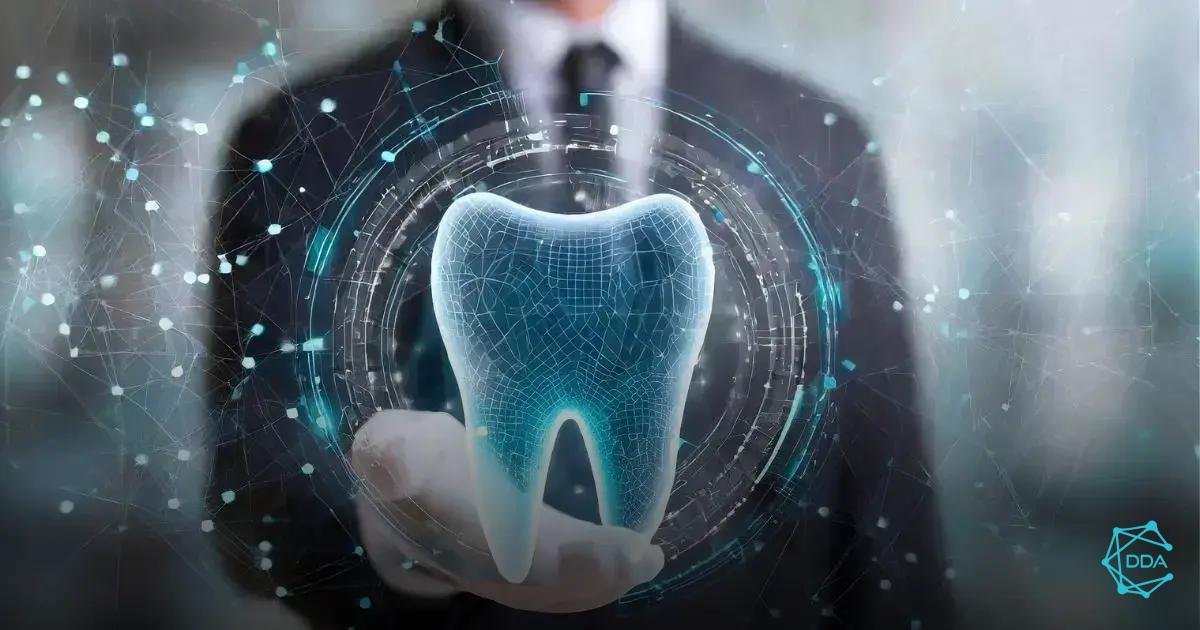

Step by Step Implementation
Implementing intraoral scanning with Medit is a process that can be divided into a few important steps, ensuring the efficient and effective integration of this innovative technology into dental practice.
1. Choosing the Equipment
First, it is crucial to select the right intraoral scanning equipment for your clinic or practice’s needs. Medit offers advanced options that meet a variety of requirements, providing accurate and high-quality scans.
2. Team Training
After purchasing the equipment, it is essential to provide adequate training for the dental team. Technical knowledge about the use of the intraoral scanner and associated software is essential to ensure the correct use and interpretation of the results.
3. Workflow Integration
Integrating intraoral scanning into the existing workflow of the clinic is a crucial step. This involves adapting processes and incorporating scans into the planning and execution stages of dental treatments.
4. Testing and Adjustments
After integration, it is recommended to perform testing and adjustments to ensure that intraoral scanning with Medit is working optimally and in line with quality and efficiency expectations.
5. Monitoring and Improvement
Finally, it is important to establish a process of continuous monitoring and improvement, seeking to maximize the benefits of intraoral scanning and identify opportunities to optimize the use of Medit technology in dental practice.
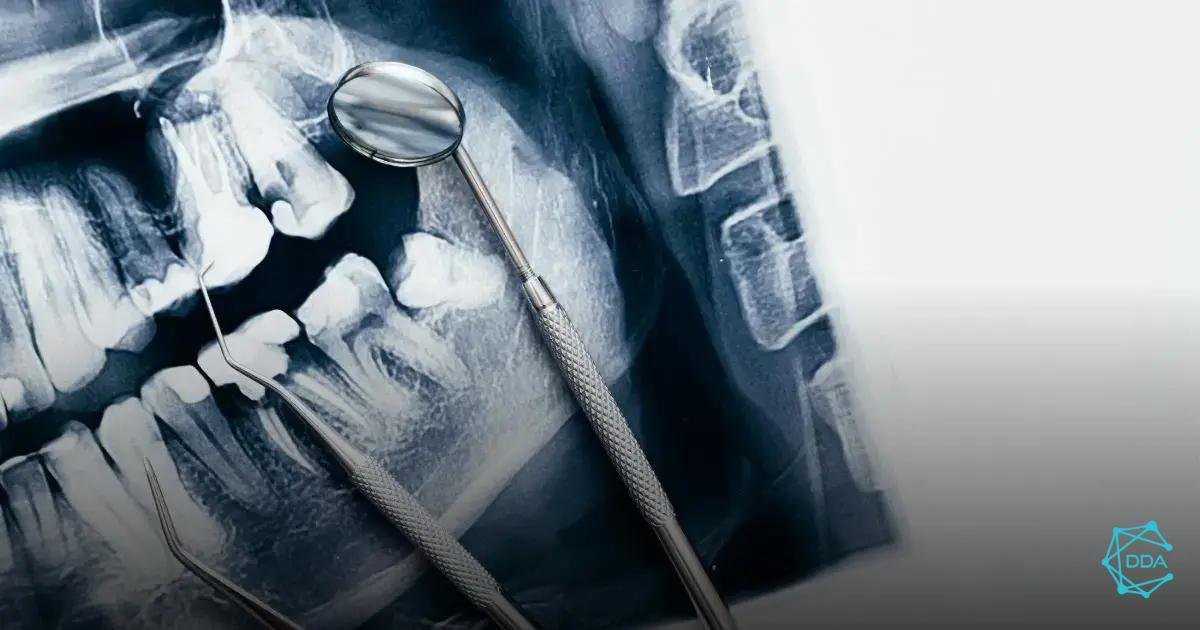

Best Practices
When performing intraoral scans, it is important to follow some best practices to ensure accurate, high-quality results. These practices include:
- Regular Calibration: Be sure to calibrate your equipment regularly to ensure accurate scans.
- Good Lighting: Use good lighting during scanning to obtain clear, detailed images.
- Patient Stability: Ensure the patient is comfortable and stable during the scan to avoid movements that may affect accuracy.
- Proper Cleaning: Keep equipment and intraoral surfaces clean to avoid interference with scanning.
- Education and Training: Train staff to use equipment correctly and follow recommended procedures.
Following these best practices contributes to obtaining accurate, high-quality intraoral scans, providing reliable results for dental planning and treatment.


